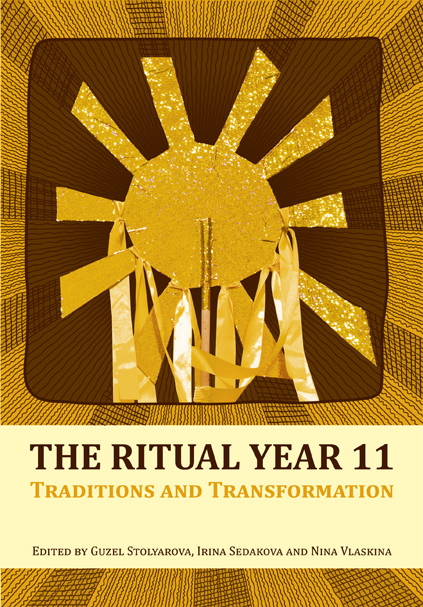The Role and Meaning of Fictive Rituals in Cultural Tourism
Keywords:
authenticity, cultural heritage, invented tradition, Lena River, rituals, Sakha Republic, tourismAbstract
Tourism is an important and growing industry, which can serve as a relevant source of livelihood in small and remote communities. In some rural areas, it offers new possibilities, e.g. in the form of ethnic tourism and cultural tourism. Cultural tourism is a small branch of tourism that can offer new experiences and new ways to understand culture. When combined with other aspects of tourism, such as ecological tourism, it can provide the framework and opportunities for new understandings of the world that go far beyond the circle of the local community. What can small ethnic communities offer to international tourism groups? What part of their cultural heritage is “ready” to be shown to tourists? What of “invented rituals,” which some ethnic communities present to tourists, and which may seem authentic to the consumer, but are not, in fact, part of the traditional culture repertoire? This article is based on my experiences, notes, and photographs, of a journey I took along the Lena River in the Sakha Republic of Russia. I observed how the local Sakha and Evenki communities presented a particular ethnic programme for cruise tourists. I will discuss the function, role, and meaning of fictive rituals in tourism for the local community. Although they cannot be regarded as “authentic,” such rituals are important in terms of preserving the cultural heritage of the community.
Downloads
Published
Issue
Section
License
Copyright (c) 2016 Helena Ruotsala (Author)

This work is licensed under a Creative Commons Attribution-NonCommercial-NoDerivatives 4.0 International License.

